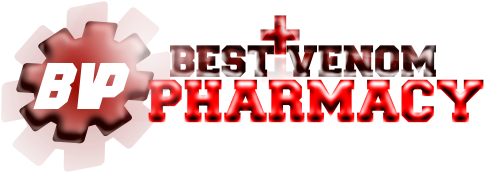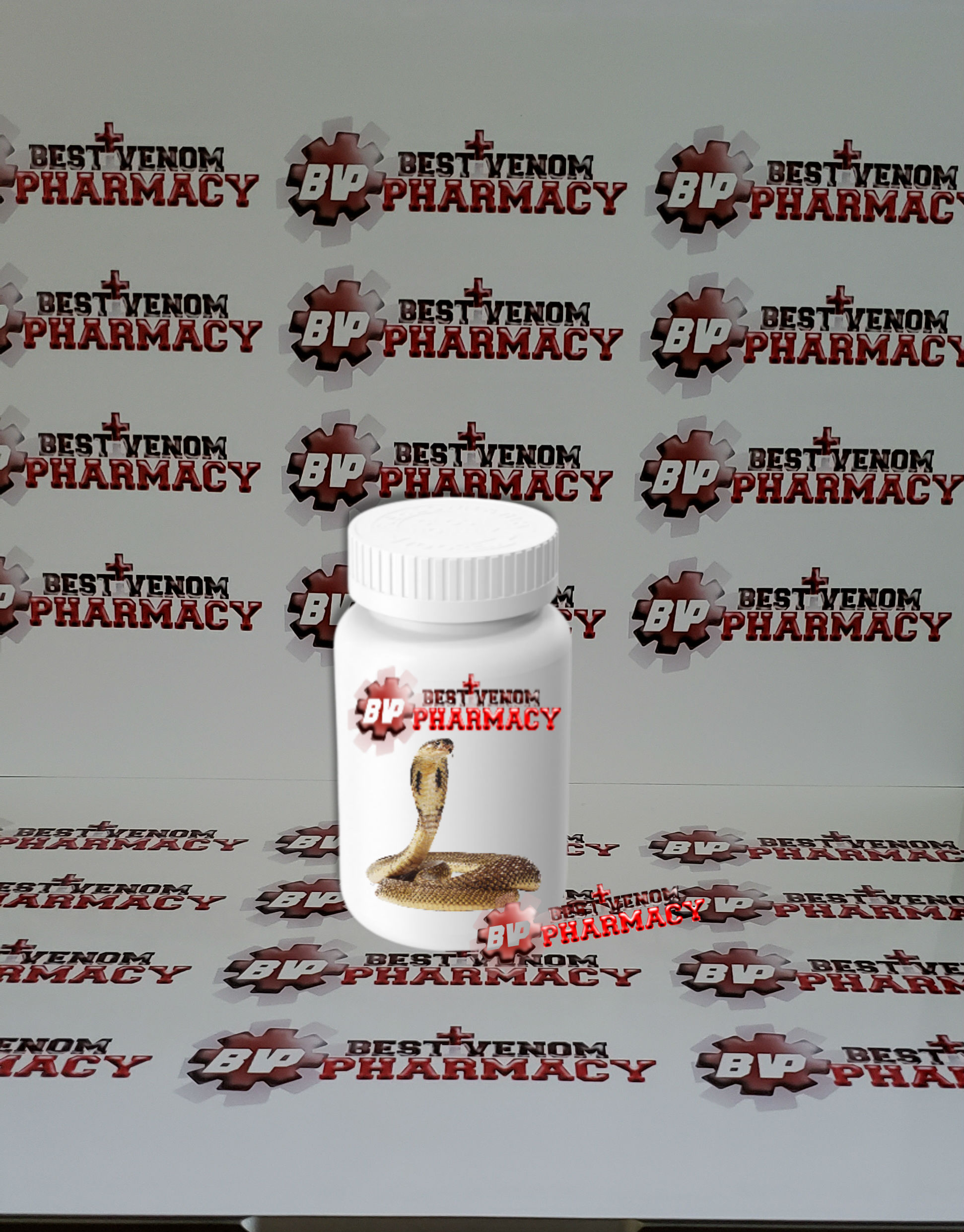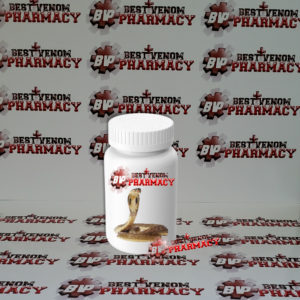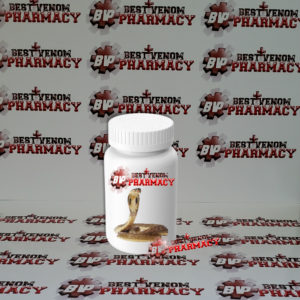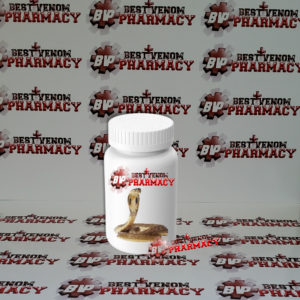BUY DABOIA RUSSELII VENOM ONLINE
BUY DABOIA RUSSELII VENOM ONLINE
Price range: € 800.00 through € 10,150.00
Snake Venom Of Daboia Russelii
Description
BUY DABOIA RUSSELII VENOM ONLINE
BUY DABOIA RUSSELII VENOM ONLINE, Housing for Daboia russelii is pretty simple. Neonates can be kept in shoe box size drawers 0.3 x 0.2 x 0.1 meters (1 x 0.65 x 0.33 feet). Adults should be housed in large enclosures, 1.8 x 0.8 x 0.5 meters (5.9 x 2.6 x 1.6 feet). They have a long reach when biting so you need large enclosures to avoid them from getting you and also with sliding door enclosures is easier to know where the snake is before you open the enclosure. You can decorate the enclosures with logs and plants (fake or real) to provide a naturalistic approach and more cover to your snake.
Hide box
If you are housing your Daboia russelii in big enclosures, you should place minimum a hide at each side of the enclosure along with the logs and plants.
Substrate
You can use variety of substrates, aspen or cork bark are good options. Make sure that the substrate is deep enough in order for the snake to burrow half of its body.
Lighting – Heating
It is recommended to provide a natural light pattern that mimics normal daytime with 14 hours on/ off during summer and 8 hours on/off during winter.
My room is usually at 24-27 °C (75-80 °F). I have a heat tape across the back of the cages which is set at 32 °C (90 °F).
I cool down my adults from 1st of December until 1st of March with temp drop down to 16 °C (60 °F) at night and heating them up to 24-27 °C (75-80 °F) for 8 to 10 hours during the day.
Water
I keep a water bowl with clean water available at all times.
Humidity
These animals do best in a dry climate i keep my animals anywhere from 20% to 50% with an average around 35%.
Feeding
Neonates can be fed weekly an appropriate size meal. When adult size is reached I feed them bi weekly unless I am getting females ready for breeding. I stop feeding my adults two weeks prior to cooling.
Handling
Daboia russelii are a pretty aggressive animal that doesn’t like being handled . Extreme care should be taken using the proper handling equipment.
BUY DABOIA RUSSELII VENOM ONLINE
| Taxonomy and Biology |
| Adult Length: 1.00 m |
| General Shape Medium in length, heavy and stout bodied, dorsoventrally flattened snake with a short tail. Can grow to a maximum of about 1.85 metres ( males larger than females ). Head is large, flat, bluntly pointed ( snout rounded and broad ), broadly triangular and distinct from neck with strongly keeled scales and large nostrils. Canthus is distinct. Eyes are medium to moderately large in size with vertically elliptical pupils. Dorsal scales are strongly keeled. Dorsal scale count usually ( 25 to 29 ) – ( 27 to 33 ) – ( 21 to 23 ). |
| Habitat Lowland plains, open fields, hills and mountain foothills up to about 3000 metres (Indian subcontinent). More abundant in open lowland plains. Very common in scrub jungle and grasslands bordering agricultural plantations, but may be found in a wide variety of terrain particularly open, rocky, bushy or grassland regions. |
| Habits Nocturnal and most active during early evening. Captures prey by ambush. If disturbed, it tends to hold its ground rather than flee, hisses loudly and assumes a striking position with a lateral S-shaped loop of the neck. If it strikes it does so with force inflicting a deep bite. |
| Prey Feeds mainly on rodents, lizards, frogs and ground birds. |
| Venom |
| Average Venom Qty 130 to 250 mg ( dry weight ), U.S. Dept. Navy (1968) ( Ref : R000914 ). 130 to 250 mg ( dry weight ), Minton (1974) ( Ref : R000504 ). |
| General: Venom Neurotoxins Presynaptic neurotoxins |
| General: Venom Myotoxins Systemic myotoxins present (Sri Lanka) |
| General: Venom Procoagulants Mixture of procoagulants |
| General: Venom Anticoagulants Possibly present |
| General: Venom Haemorrhagins Zinc metalloproteinase |
| General: Venom Nephrotoxins Possibly present |
| General: Venom Cardiotoxins Probably not present |
| General: Venom Necrotoxins Possibly present |
| General: Venom Other Unknown |
| First Aid |
| Description: First aid for bites by Viperid snakes likely to cause significant local injury at the bite site (see listing in Comments section). |
| Details 1. After ensuring the patient and onlookers have moved out of range of further strikes by the snake, the bitten person should be reassured and persuaded to lie down and remain still. Many will be terrified, fearing sudden death and, in this mood, they may behave irrationally or even hysterically. The basis for reassurance is the fact that many venomous bites do not result in envenoming, the relatively slow progression to severe envenoming (hours following elapid bites, days following viper bites) and the effectiveness of modern medical treatment. 2. The bite wound should not be tampered with in any way. Wiping it once with a damp cloth to remove surface venom is unlikely to do much harm (or good) but the wound must not be massaged. 3. All rings or other jewellery on the bitten limb, especially on fingers, should be removed, as they may act as tourniquets if oedema develops. 4. The bitten limb should be immobilised as effectively as possible using an extemporised splint or sling; if available, crepe bandaging of the splinted limb is an effective form of immobilisation. 5. If there is any impairment of vital functions, such as problems with respiration, airway, circulation, heart function, these must be supported as a priority. In particular, for bites causing flaccid paralysis, including respiratory paralysis, both airway and respiration may be impaired, requiring urgent and prolonged treatment, which may include the mouth to mask (mouth to mouth) technique of expired air transfer. Seek urgent medical attention. Buy Daboia Russelii Venom Online 6. Do not use Tourniquets, cut, suck or scarify the wound or apply chemicals or electric shock. 7. Avoid peroral intake, absolutely no alcohol. No sedatives outside hospital. If there will be considerable delay before reaching medical aid, measured in several hours to days, then give clear fluids by mouth to prevent dehydration. 8. If the offending snake has been killed it should be brought with the patient for identification (only relevant in areas where there are more than one naturally occurring venomous snake species), but be careful to avoid touching the head, as even a dead snake can envenom. No attempt should be made to pursue the snake into the undergrowth as this will risk further bites. 9. The snakebite victim should be transported as quickly and as passively as possible to the nearest place where they can be seen by a medically-trained person (health station, dispensary, clinic or hospital). The bitten limb must not be exercised as muscular contraction will promote systemic absorption of venom. If no motor vehicle or boat is available, the patient can be carried on a stretcher or hurdle, on the pillion or crossbar of a bicycle or on someone’s back. 10. Most traditional, and many of the more recently fashionable, first aid measures are useless and potentially dangerous. These include local cauterization, incision, excision, amputation, suction by mouth, vacuum pump or syringe, combined incision and suction (“venom-ex” apparatus), injection or instillation of compounds such as potassium permanganate, phenol (carbolic soap) and trypsin, application of electric shocks or ice (cryotherapy), use of traditional herbal, folk and other remedies including |
Additional information
| SELECT QUANTITY | 500 Miligrams, 1 Gram, 3 Grams, 5 Grams, 10 Grams |
|---|
